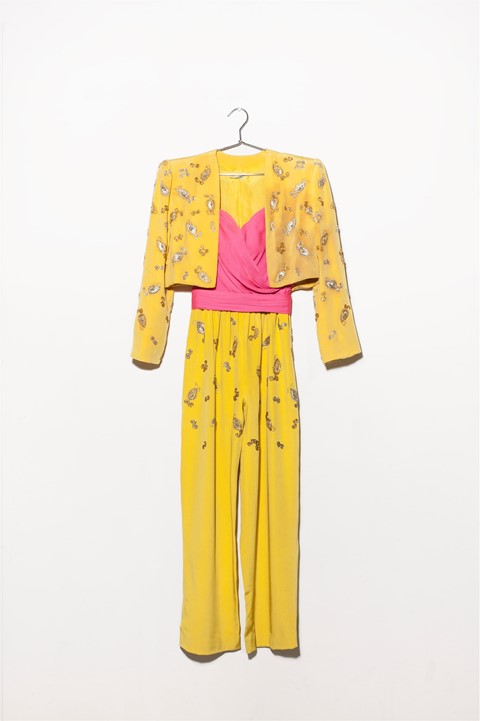In an extract from new book Worn in New York, Genesis Breyer P-Orridge describes the striped top that reminds them of the late Lady Jaye
Items of clothing – whether new or old, inexpensive or costly – become imbued with memories over the course of a lifetime. And so it would not be outlandish to assume that most people have certain pieces that conjure stories – even if the wearer is not interested in fashion. New York-based writer Emily Spivack is a longtime explorer of this very notion, documenting people’s tales and anecdotes in Worn Stories, a project that began online and was made into a book in 2014. Worn in New York, Spivack’s new publication, hones in on sartorial tales specific to the city, and features testimonies from 68 people. From poet Adam Horovitz’s threadbare T-shirt to model Coco Rocha’s vintage Givenchy jumpsuit, once owned by Elizabeth Taylor, and a fair few hats belonging to the likes of producer Nile Rogers and fashion’s Ruth Finley.
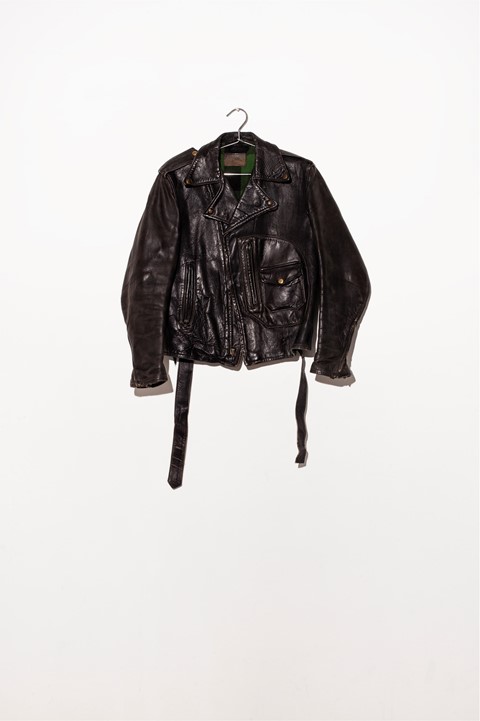
Highly personal and subjective though these stories are, they resonate wonderfully. “Story, to me, is the unrealised dimension of our wardrobe,” writes Spivack. “Sometimes, a glance inside a closet is like browsing through a great essay collection.” Worn in New York brings the two together, each account reading like a compelling short story, illustrated with an image of the chosen item. “Clothes are the tangible material of memories,” Spivack continues. “They reveal the historical, the cultural, and the personal. That’s especially true in New York where they accompany us as we live our lives in public.”
Here, Genesis Breyer P-Orridge, one of Worn in New York’s 68 contributors, describes how s/he came to meet her/his eventual wife Lady Jaye, and the long-sleeved black and white striped top that they would both wear so much that they had to buy a replacement.
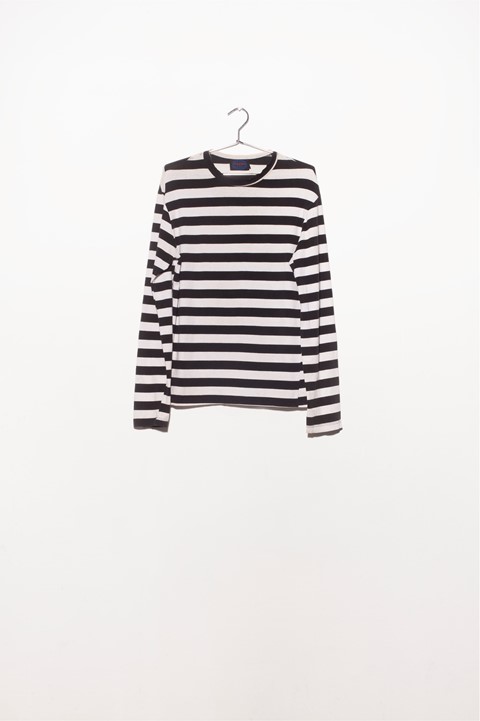
“In 1993, we were in the middle of a not-very-amicable divorce with two children. We’d only just come to America, to California, the year before, after not being allowed back in Britain. It was an intense time, and when we wanted to relax, we would come to New York for a long weekend and stay with a good friend, the writer Terence Sellers. She had a professional dungeon on West 23rd Street. We would stay there and basically take high-grade pharmaceutical ecstasy and then party for three days just to blow off all the stress, which mainly meant going to the club Jackie 60 run by Chi Chi Valenti and Johnny Dynell. It was one of those clubs that really welcomed all the freaks of the East Village and the Meatpacking District when those neighborhoods were still naughty and depraved, and the centre of S&M clubs.
“That particular weekend, we had been awake for three days and finally were ready to sleep. We came back to the dungeon at who knows what time and decided to sleep in there, so as not to wake up Terence in her apartment. We lay on the floor wrapped in a sheet among all these torture devices and passed out.
“In the morning, we woke up to the sound of voices, and, for a minute, we couldn’t remember where we were. The door was open, so there was a rectangle of light. As our eyes started to adjust, we saw this very tall, slim girl with a perfect 1960s Brian Jones bob wearing 1960s-style jeans with go-go boots and an Andy Warhol striped sweater. Completely automatically, without any real thought, we blurted out loud, ‘Dear Universe, if we can be with that person for the rest of our life, that’s all we want’. We had no idea who it was. As we were saying that, the person, who we later learned was Lady Jaye, began to elegantly smoke a cigarette while gradually getting undressed and then re-dressed until she was in all fetish leather and rubber. It turned out that another dominatrix, out of our view, had told her/him not to go into the dungeon and that we were ‘bad news’ and ‘really weird,’ which Lady Jaye took as an invitation.
“S/he asked us if we wanted to go out somewhere with her/him that night, adding that we couldn’t go out dressed in what we were wearing since we were in awful rave gear. S/he took us to her/his apartment on East Eleventh Street and dressed us up. Her/his clothes and her/his shoes fit us perfectly. S/he put us in a bottle-green velvet body suit, a leather skirt, and Fluevog shoes, which s/he called Goat Shoes because they looked like goats’ feet. Then s/he took us to a Tibetan shop and bought lots of little bones and beads and wove them into the dreadlocks we had then. Finally s/he declared, ‘Now you’re ready to go out with me!’
“The perfect 1960s look was what first did it for us. Anyone who looks like Brian Jones mixed with Edie Sedgwick is special in our book” – Genesis Breyer P-Orridge
“We went back to Terence’s and s/he came back later to pick us up. S/he turned up in a car service with a bottle of champagne, wearing five-inch heels and skintight black leather from head to foot. S/he took us to a place called Saddles in the Meatpacking District, an S&M club. At one point we noticed Lady Jaye was moving in a strange way and we looked down. S/he was brutally digging her heel into a naked man’s hand who was prostrated at her feet. He must have been there about ten minutes. We just thought that was so cool, to be doing that without referencing it in any way.
“From then on, we were together. The perfect 1960s look was what first did it for us. Anyone who looks like Brian Jones mixed with Edie Sedgwick is special in our book. When s/he saw us, s/he knew this connection was different. S/he’d had lots of boyfriends and girlfriends and had a decadent New York life, but that was it. S/he wasn’t interested in anyone else, just our absolute, unconditional love.
“We didn’t want to rush anything. We decided to act like we were both virgins. We were going to get to know each other very slowly and savor every nuance of falling in love. Once, we came back to visit New York when we were totally obsessed with each other but hadn’t quite admitted it yet. S/he had gotten two matching pairs of black silk pajamas so we could be physically discreet, because we were sleeping in the same bed. We waited a whole year before we actually made love and had full sex. We were together 24-7 until s/he dropped her body in October 2007. We still are together, s/he residing in an immaterial realm and myself still here in a material one.
“We wore this striped top all the time. Eventually we had to get new ones because we wore them out. This is the second one. As our love grew deeper and more obsessively total, we decided we wanted to become each other, to be absorbed into each other, to become one being. That’s when we started to buy two of everything—matching outfits, matching make-up, matching hair, matching everything to reflect our desire to be as close as possible. This shirt and the 1960s look were day clothes, and evenings were often fetish. We loved dressing in sensual lingerie to do housework, too.
“We didn’t want there to be any separation. If we could, we would have just held each other in an embrace and melted into each other to literally become one. We still will when we drop this body; that’s the plan. We can join our two consciences. Big love, we call it. It’s a truly unconditional love, absolute total surrender to the other, without any fear or hesitation or possibility of regret. By becoming each other’s half, we were more. We became complete. Each other’s ‘other half’. Neither male nor female but a unity of both. A divine hermaphrodite. We chose to call this perfect union of us both the pandrogyne.”
— As told to Emily Spivack
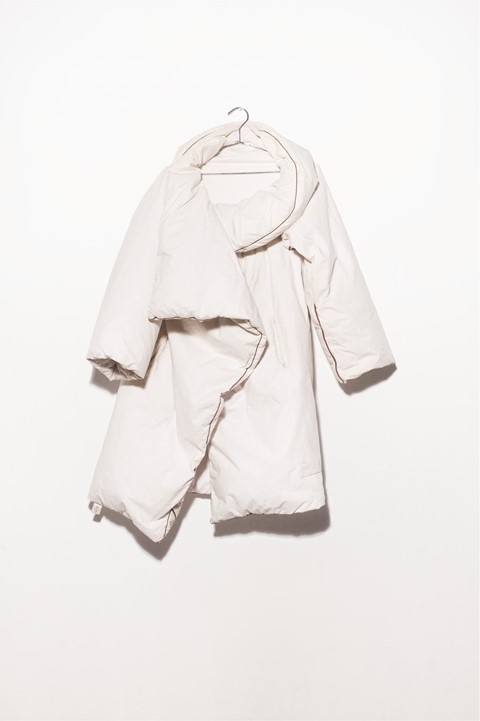

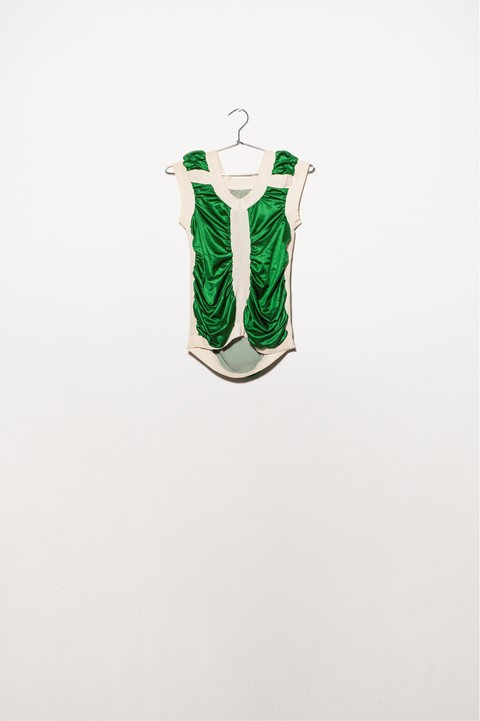
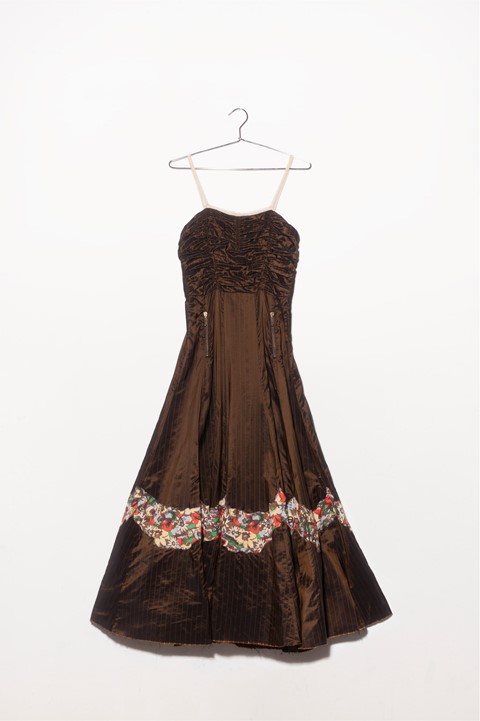
Worn in New York: 68 Sartorial Memoirs of the City by Emily Spivack is available now, published by Abrams Image.
